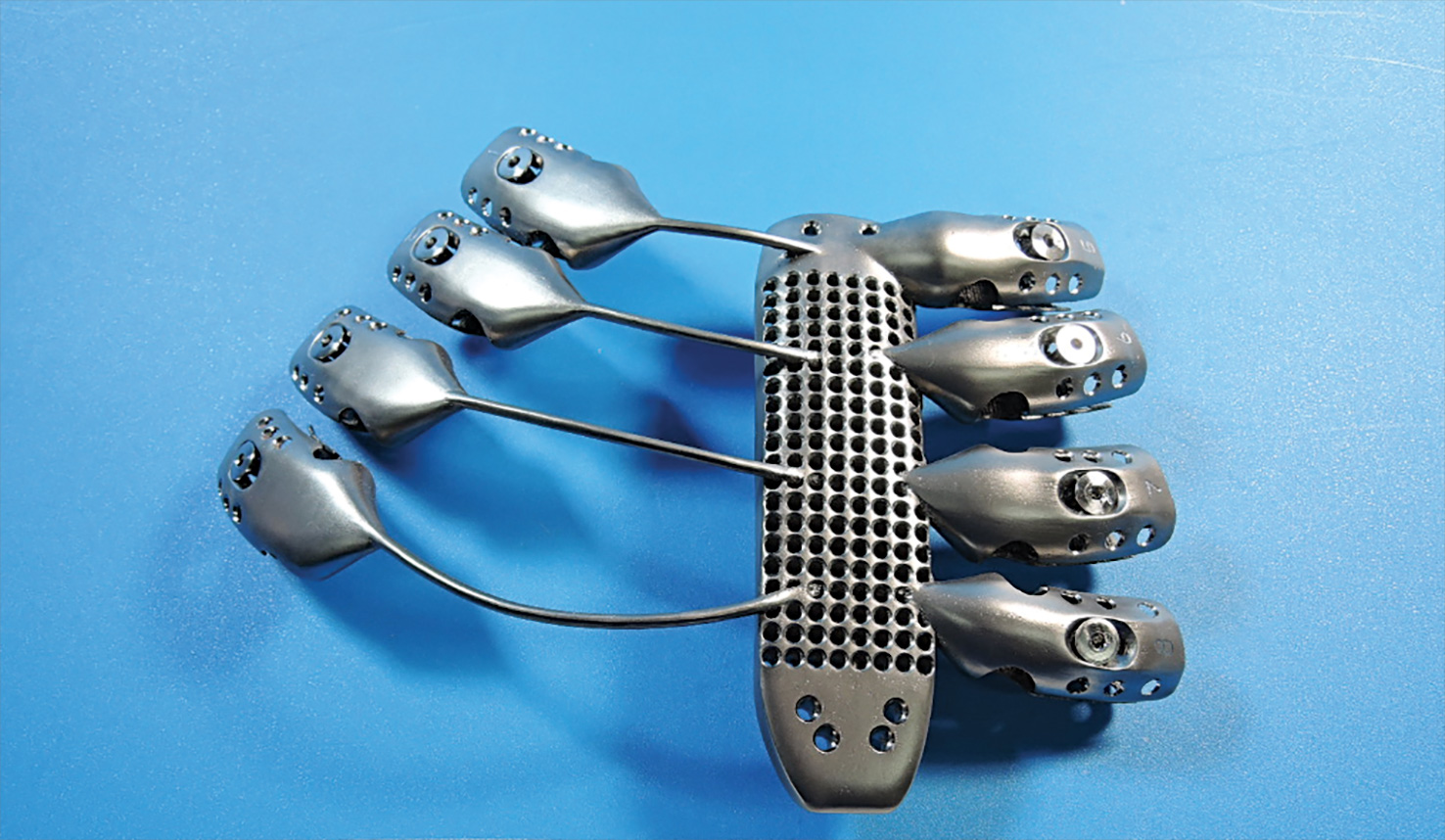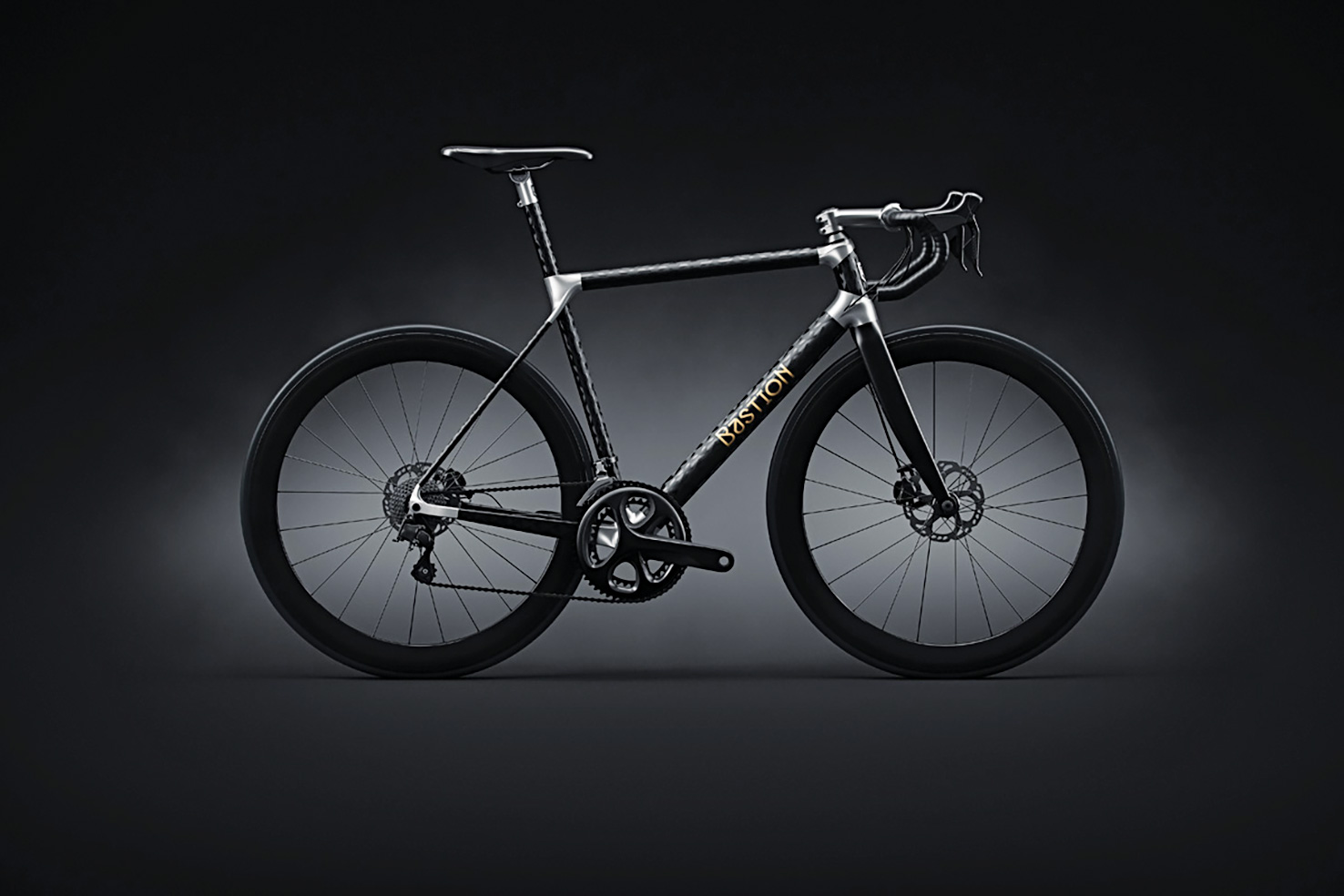To benefit from the rise in additive manufacturing, Australia needs to move fast and get its act together, say experts Alex Kingsbury and Ian Gibson.
Australia is seeing the dawn of a new age in manufacturing. The closure of the auto industry has highlighted the need to transition manufacturing to high value, export-oriented markets.
We ask ourselves: what are we good at? How can we be competitive? The answer is obvious: we have an excellent skills base in manufacturing and an overall educational achievement in the top 10 of all OECD countries. It is our skills and creativity that we can bring to bear in this transition of our manufacturing industry.
Fortunately, the decline in conventional manufacturing and our rise in educational attainment has intersected at a time of the rise of additive manufacturing (AM) and Industry 4.0, where AM is one of the core technologies in its deployment. The US, Japan, Germany, China along with many others are quickly adopting and industrialising the technology. No longer just a tool for rapid prototyping, it is being quickly deployed for high-end applications in the aerospace, medical, automotive and consumer product sectors.
In the past five years the world has seen a vast amount of new industrialisation. GE has spent in excess of $3.3 billion towards the development of AM and buying controlling shares of both Concept Laser and Arcam (who each make metal AM machines).

Last year, SLM Solutions (another metal AM vendor) saw its largest order to date, with 50 machines totalling $66 million spent in one transaction. HP entered the market, with a high polymer printing machine that is already being used by many bespoke product manufacturers. China is investing billions in AM technology and infrastructure. The world is moving on and AM is taking off.
While the same transactional level is not occurring in Australia, we are still managing to stake our claim with some of the world’s most impressive achievements. In addition, our tertiary institutions have made significant investments in additive manufacturing equipment, and are currently training today’s students to be experts in the field of additive manufacturing. We have already seen skill sets from our existing manufacturing industries transition easily to AM technology with only a small amount of upskilling.
Translation of research to industry, while typically slow in Australia, has quickly gained traction. Companies such as Spee3D and Aurora are busy making the next generation of 3D printers here. The ASX has had important listings of companies such as Titomic, that have seen record growth in a very short amount of time, proving that investor confidence is high.
Anatomics, a long-time user of AM technology, has pioneered the use of AM for medical applications and continues to show the world how AM can successfully be utilised for better patient outcomes. Conflux, a Geelong-based business is making revolutionary heat exchangers via AM technology and recently received venture capital funding from overseas owned AM Ventures.
Start-up business Bastion Cycles – a bike company formed by ex-Toyota engineers – makes some of the lightest and strongest high-performance cycles in the world by utilising AM technology. It is clear that Australia already has an emerging and vibrant industry centred on AM technology, born out of our excellent skills base, a willingness to innovate, and a belief that AM technology holds great promise for the future of our economy.
What’s missing?
The US saw the opportunity AM provided to their manufacturing industry, and responded by forming ‘America Makes’ – a public-private partnership that supports local industry to accelerate the adoption of AM through research, discovery, innovation and creation in AM.

‘America Makes’ has been a leading voice in the US for AM technology, and an important advocate for businesses, academia and government institutions working in AM technologies. ‘America Makes’ is a collaborative partner, helping businesses work together where it makes sense.
In Australia, government-funded initiatives such as the Australian Advanced Manufacturing Growth Centre and the Innovative Manufacturing Cooperative Research Centre have gone a long way to support the broader transition of Australia’s manufacturing industry towards higher value, AM technologies. However, for advanced manufacturing specifically, we have no peak industry body representing the needs and the voices of those using this groundbreaking technology.
 While AM is an important process that enhances large-scale, high-value industries, it is also a technology that supports the increasingly important startup community. This disruptive business sector is particularly poorly represented in Australia. Any industry body must recognise that this is where many of the best and brightest entrepreneurs are located. Knowing what they are doing, supporting it and keeping it in this country are vital to Australia’s economic future.
While AM is an important process that enhances large-scale, high-value industries, it is also a technology that supports the increasingly important startup community. This disruptive business sector is particularly poorly represented in Australia. Any industry body must recognise that this is where many of the best and brightest entrepreneurs are located. Knowing what they are doing, supporting it and keeping it in this country are vital to Australia’s economic future.
Australia needs an ‘Australia Makes’ – similar to the American model, but scaled to represent the Australian context. We have a unique opportunity to be world leaders in this field but yet we are absent in these discussions. There is no body representing our incredible efforts to the world, no voice stating the case for AM investment in Australia, and no one entity understanding and advocating for our emerging and vibrant community.
‘Australia Makes’ would provide forums for competitors to meet and discuss common concerns/hurdles, it would advocate for our industry to government, it would uphold and promote Australia’s achievements in AM technology around the world. It would listen to and respond to the needs of our industry, and it would educate and support new businesses to adopt this very important advanced technology.
AM is growing at an exponential rate. It offers an amazing opportunity for businesses to be competitive by making products previously believed to be ‘unmakeable’.
The value proposition of AM speaks directly to Australia’s situation – it is a high-value, low-volume technique that needs the support of a highly-trained workforce to be successful.
The translation to industry is strong, with many, varied businesses establishing all over the country. But it is not happening fast enough.
Our traditional skillset, and our highly-educated workforce – expertly supported by our excellent tertiary institutions, mean that we have the people needed to take this technology forward. Australia is lacking one thing – a peak body representing these interests to our government and the rest of the world. It’s time for an ‘Australia Makes’.
Alex Kingsbury is a consultant and former director of Lab 22, CSIRO’s additive manufacturing centre. Ian Gibson is a professor of additive manufacturing at Deakin University. They invite anyone interested in learning more about 3D printing to contact them at alex@additiveeconomics.com or ian.gibson@deakin.edu.au.


